Segment Size Optimization
In Apache Druid, it's important to optimize the segment size because
- Druid stores data in segments. If you're using the best-effort roll-up mode, increasing the segment size might introduce further aggregation which reduces the dataSource size.
- When a query is submitted, that query is distributed to all Historicals and realtime tasks which hold the input segments of the query. Each process and task picks a thread from its own processing thread pool to process a single segment. If segment sizes are too large, data might not be well distributed between data servers, decreasing the degree of parallelism possible during query processing. At the other extreme where segment sizes are too small, the scheduling overhead of processing a larger number of segments per query can reduce performance, as the threads that process each segment compete for the fixed slots of the processing pool.
It would be best if you can optimize the segment size at ingestion time, but sometimes it's not easy especially when it comes to stream ingestion because the amount of data ingested might vary over time. In this case, you can create segments with a sub-optimized size first and optimize them later.
You may need to consider the followings to optimize your segments.
- Number of rows per segment: it's generally recommended for each segment to have around 5 million rows. This setting is usually more important than the below "segment byte size". This is because Druid uses a single thread to process each segment, and thus this setting can directly control how many rows each thread processes, which in turn means how well the query execution is parallelized.
- Segment byte size: it's recommended to set 300 ~ 700MB. If this value doesn't match with the "number of rows per segment", please consider optimizing number of rows per segment rather than this value.
The above recommendation works in general, but the optimal setting can vary based on your workload. For example, if most of your queries are heavy and take a long time to process each row, you may want to make segments smaller so that the query processing can be more parallelized. If you still see some performance issue after optimizing segment size, you may need to find the optimal settings for your workload.
There might be several ways to check if the compaction is necessary. One way
is using the System Schema. The
system schema provides several tables about the current system status including the segments table.
By running the below query, you can get the average number of rows and average size for published segments.
SELECT
"start",
"end",
version,
COUNT(*) AS num_segments,
AVG("num_rows") AS avg_num_rows,
SUM("num_rows") AS total_num_rows,
AVG("size") AS avg_size,
SUM("size") AS total_size
FROM
sys.segments A
WHERE
datasource = 'your_dataSource' AND
is_published = 1
GROUP BY 1, 2, 3
ORDER BY 1, 2, 3 DESC;
Please note that the query result might include overshadowed segments.
In this case, you may want to see only rows of the max version per interval (pair of start and end).
Once you find your segments need compaction, you can consider the below two options:
- Turning on the automatic compaction of Coordinators. The Coordinator periodically submits compaction tasks to re-index small segments. To enable the automatic compaction, you need to configure it for each dataSource via Coordinator's dynamic configuration. See Compaction Configuration API and Compaction Configuration for details.
- Running periodic Hadoop batch ingestion jobs and using a
dataSourceinputSpec to read from the segments generated by the Kafka indexing tasks. This might be helpful if you want to compact a lot of segments in parallel. Details on how to do this can be found on the Updating existing data section of the data management page.
